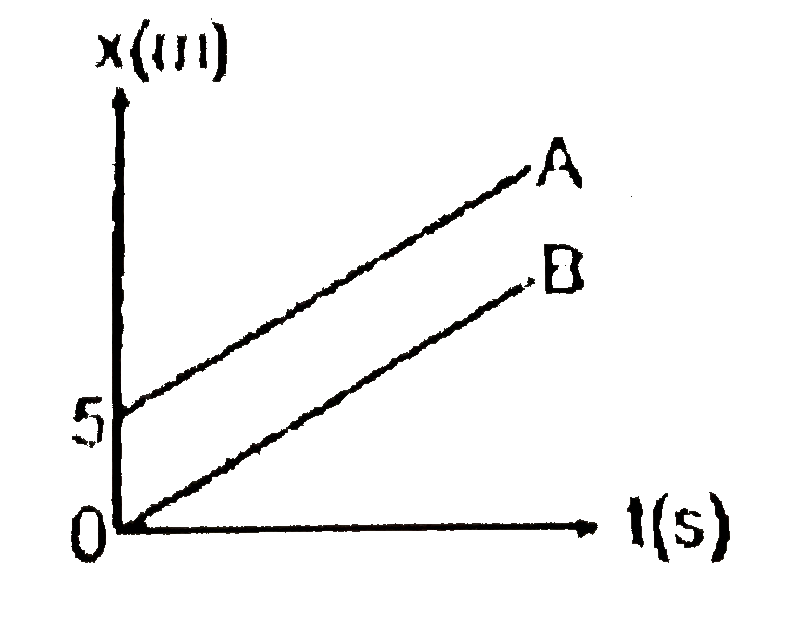A potted plant is kept horizontally for a considerable time. The three positions of the parts A and B of the potted plant are shown in the following figures:

(a) Which figure shows the correct position taken by the parts A and B of the plant?
(b) What type of phenomenon is exhibited by the figure chosen in (a) above?
The correct Answer is:(a) Figure (ii) (b) Geotropism
Step by step video, text & image solution for A potted plant is kept horizontally for a considerable time. The three positions of the parts A and B of the potted plant are shown in the following figures: (a) Which figure shows the correct position taken by the parts A and B of the plant? (b) What type of phenomenon is exhibited by the figure chosen in (a) above? by Biology experts to help you in doubts & scoring excellent marks in Class 10 exams.
Updated on:21/07/2023Topper's Solved these Questions
- CONTROL AND COORDINATION BOOK - LAKHMIR SINGH & MANJIT KAURCHAPTER - CONTROL AND COORDINATION EXERCISE - Very Short Answer Type Questions
5 Videos
- CONTROL AND COORDINATION BOOK - LAKHMIR SINGH & MANJIT KAURCHAPTER - CONTROL AND COORDINATION EXERCISE - Very Short Answer Type Questions
5 Videos
- HEREDITY AND EVOLUTIONBOOK - LAKHMIR SINGH & MANJIT KAURCHAPTER - HEREDITY AND EVOLUTIONEXERCISE - Multiple Choice Question
1 Videos
Similar Questions
Knowledge Check
The parts marked A,B and C in the following plants are :
 Agills, pileus and stipeBgills, stipe and pileusCpileus, gills and stipeDstipe, gills and pileus
Agills, pileus and stipeBgills, stipe and pileusCpileus, gills and stipeDstipe, gills and pileusFigure shows position-time graph of two cars A and B.
 ACar A is faster than car B.BCar B is faster than car A.CBoth cars are moving with same velocity.DBoth cars have positive acceleration.
ACar A is faster than car B.BCar B is faster than car A.CBoth cars are moving with same velocity.DBoth cars have positive acceleration.Examine the figure and select the correct option of four parts (a, b, c, d)
 AabcdArchegoniophoreFemale ThallusGemma RhizoidsBabcdArchegoniophoreFemale ThallusBud FootCabcdSetaSporophyteProtonemaRhizoidsDabcdAntheridiophoreMale ThallusGlobule Roots.
AabcdArchegoniophoreFemale ThallusGemma RhizoidsBabcdArchegoniophoreFemale ThallusBud FootCabcdSetaSporophyteProtonemaRhizoidsDabcdAntheridiophoreMale ThallusGlobule Roots.
Identify the plants A and B in the figures given below

View Solutionidentify the plants iin figures (A & B)

View Solution
Identify the above figure and label the parts A, B and C.
View Solution
Answer the following questions based on the above figure.
List out the adaptations of the plant B for the habitat.
View SolutionIdentify the given figure and select the correct option for the parts labelled as A, B and C

View Solution


